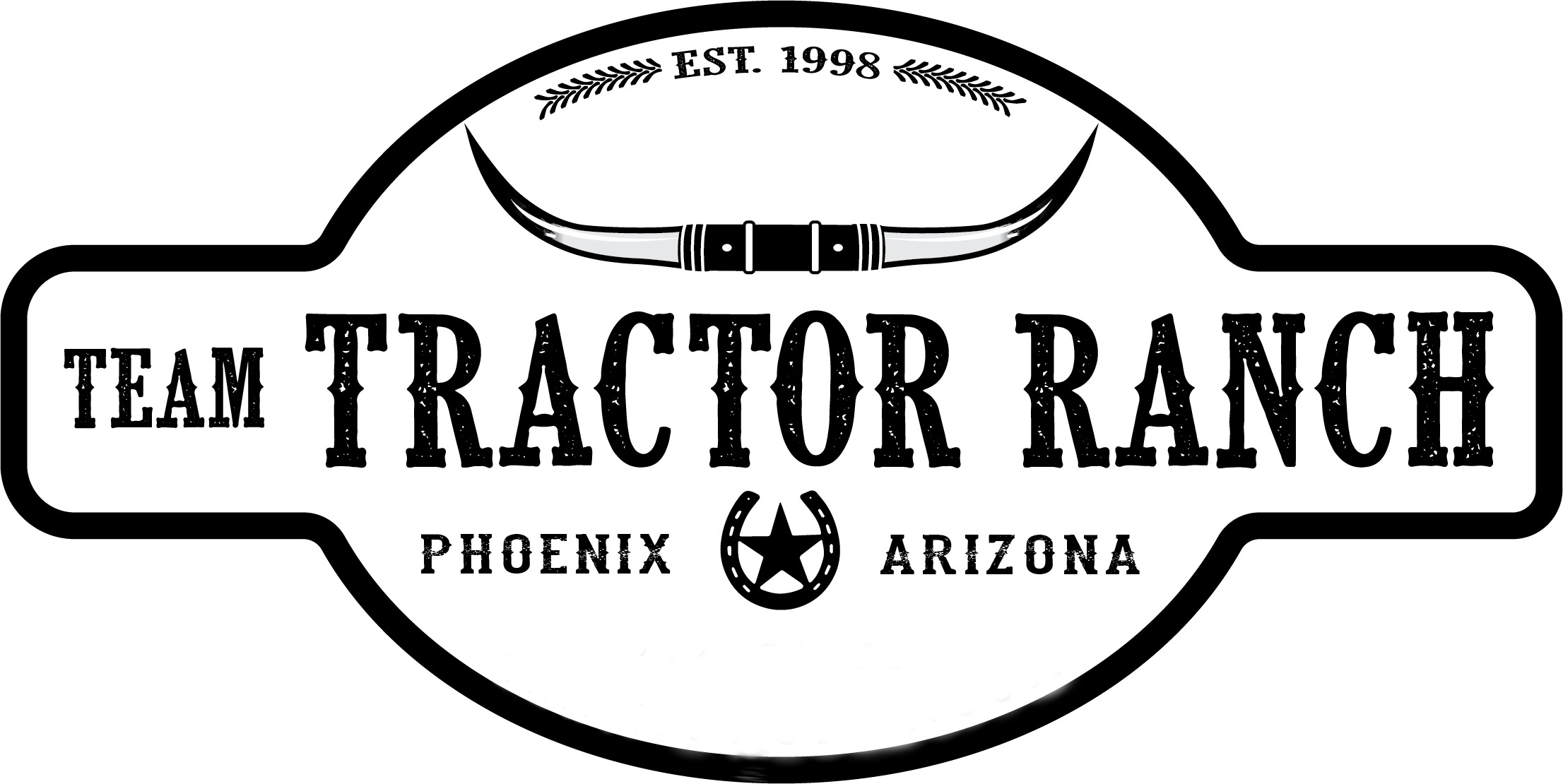How can robots really change our lives?
The robots that we once saw only in animation and SF movies are now becoming more and more familiar in our daily lives. As robot research advances in areas that are familiar to us, such as automobiles and consumer electronics, our encounters with robots have increased. According to NEDO - New Energy and Industrial Technology Development Organization -the size of the robotics industry market in Japan is expected to expand significantly from 1.6 trillion JPY in 2015 to 2.9 trillion JPY in 2020, reaching 9.7 trillion JPY by the year 2035*
How can robots really change our lives? This time, we take a close-up look at agricultural robots. We talked to Professor Shin Noguchi of the Agricultural Research Institute, Hokkaido University Graduate School. Over the course of these two interviews, we'll be bringing you with lots of information concerning past and present agricultural robot research, and what the future has in store. Against the background of this rapid expansion, there are social issues that are expected to be solved by robots, not to mention the evolution of technology. Population changes, food shortages due to climate change, labor shortages, etc., are common global areas of focus. Linked to the declining birthrate and aging population seen in Japan, agriculture, in which Yanmar is deeply involved, has similar challenges.
 Shin Noguchi was born in 1961 in Mikasa City, Hokkaido. He is a Professor at the Agricultural Research Institute of Hokkaido University’s Graduate School, specializing in Agricultural Information Technology and Agricultural Robotics Engineering. He is also the Program Director of the Cross-ministerial Strategic Innovation Promotion Program (SIP) "Next-Generation Agriculture, Forestry, and Fisheries Industry Creative Technology" and a Cooperating Member of the Science Council of Japan, Board Chairman of the Japanese Society of Agricultural, Biological and Environmental Engineers and Scientists.
Shin Noguchi was born in 1961 in Mikasa City, Hokkaido. He is a Professor at the Agricultural Research Institute of Hokkaido University’s Graduate School, specializing in Agricultural Information Technology and Agricultural Robotics Engineering. He is also the Program Director of the Cross-ministerial Strategic Innovation Promotion Program (SIP) "Next-Generation Agriculture, Forestry, and Fisheries Industry Creative Technology" and a Cooperating Member of the Science Council of Japan, Board Chairman of the Japanese Society of Agricultural, Biological and Environmental Engineers and Scientists.
— As the agricultural population decreases, the area managed per farmer increases. The role played by drones is increasing.
Exactly. The scale for rice farmers is presently about 12 hectares per capita with 20 hectares per two-person family. However, this will increase to about 30–40 hectares per family. As the transition to large scale farming progresses due to aspects of both professional customer issues and economic efficiency, agricultural robots will become necessary to increase work efficiency and profitability.
— Unmanned tractor verification testing is also progressing and is finally at the commercialization phase.
The unmanned tractor, which has been researched and developed together with Yanmar, is a PC-controllable automatic guidance system that utilizes a tractor equipped with a GPS receiver. While running along a course that is preprogrammed from a tablet, etc., all work from tilling and sowing to harvesting can be performed unmanned.
There are a number of hurdles to negotiate to convert to fully unmanned. Firstly, to aim for practical realization, we achieved an accompanied-type manned and unmanned machine-type system. In a nutshell, if something happens, a person takes control; therefore, the practical realization becomes possible. However, even at this point, you can simply expand the work area and sufficiently increase your productivity with two units sharing the work.
— We are looking forward to the response from the market. Are there any areas of focus at this present moment?
Price and safety. From the cost aspect, the price of GPS, which cost 20 million JPY twenty years ago, has fallen. By 2020, we will be in an age where the anticipated price will be in the 100,000-JPY range. As technology progresses, it becomes easier for more people to obtain it.
However, safety is not an issue that can be simply resolved by technology. Zero risk is not possible if objects are man-made. Unmanned work on farming lands with unrestricted access can never be said to be 100% safe, regardless of how far safety is improved. For example, a child playing in the shadow of tall crops is difficult to identify by image processing. The issue of safety costs too much if we attempt to resolve it by technology alone. In the "Safety Guidelines for Automated Guidance Agricultural Machinery" drawn up by the Ministry of Agriculture, Forestry and Fisheries, it stipulates that a person must be present in places that can be monitored by visual contact. The accompanied type is one solution.
To Read More, visit - www.yanmar.com/global/about/ymedia/product/agri_robot
To Purchase Diesel Yanmar Tractor, please visit our site
* ¥1000=$9.3511
